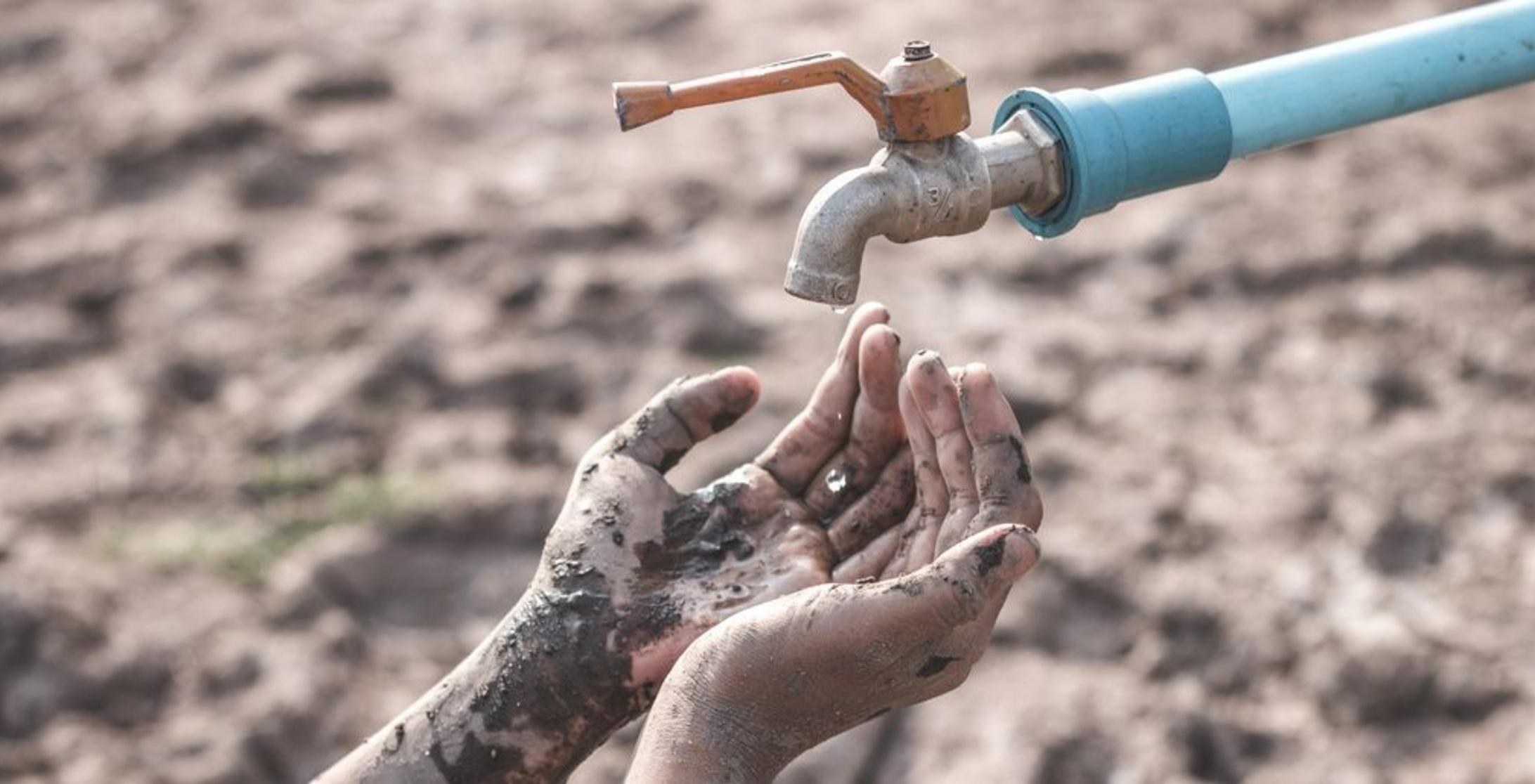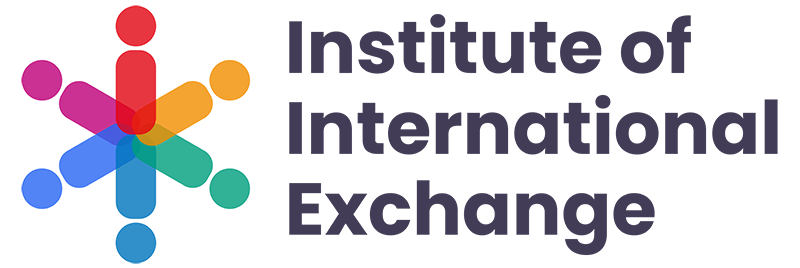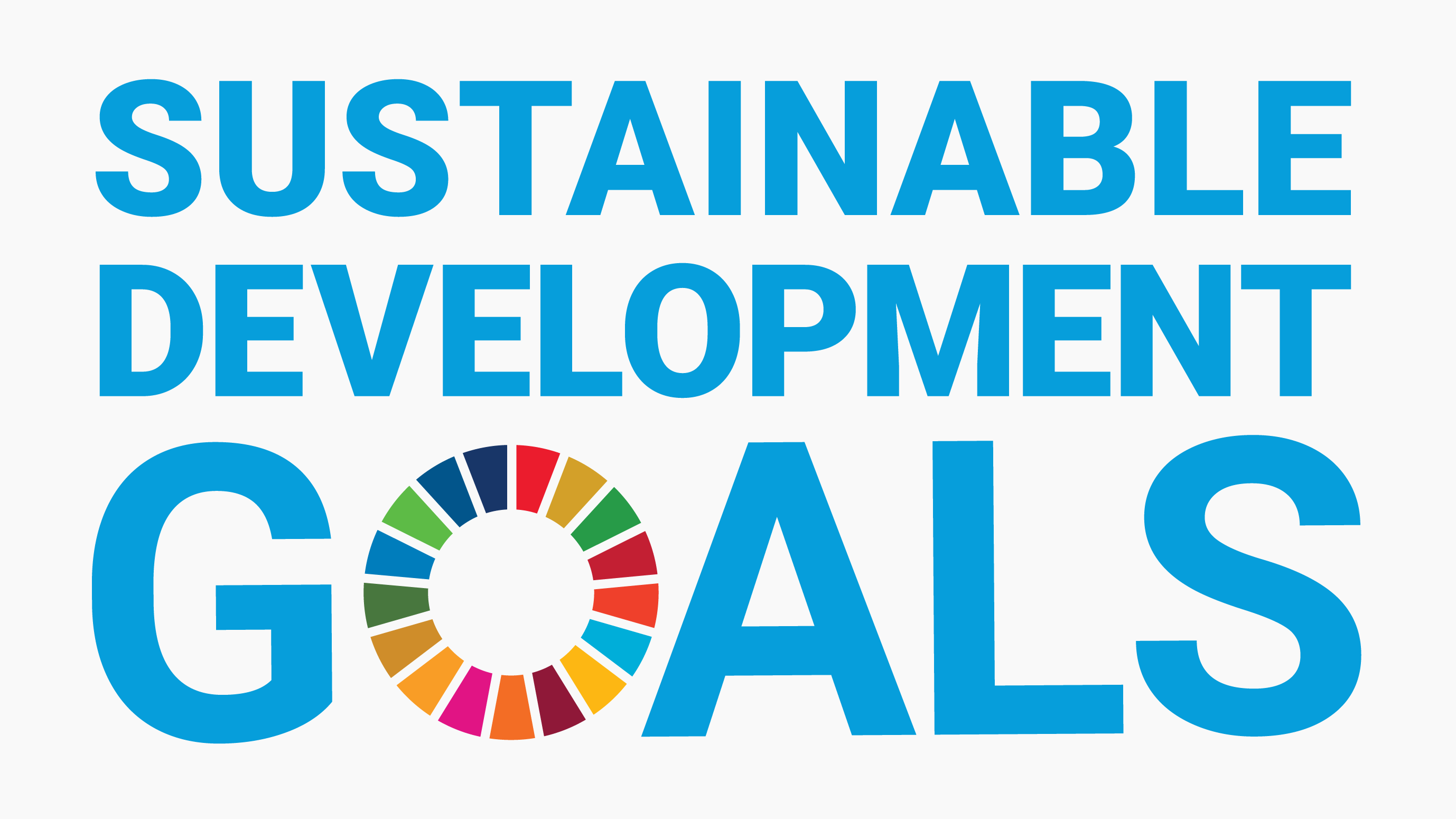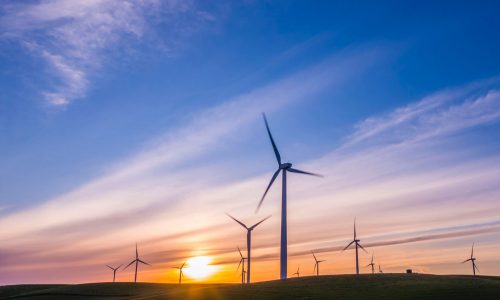Under the background of global water shortage, Singapore’s urban water management experience and enlightenment of “water shortage” but not “water shortage”

According to the World Resources Institute, nearly one-third of the world’s population-2.6 billion people live in countries with “high water scarcity”, of which 1.7 billion people in 17 countries live in “extreme water scarce” places.
We reviewed the systematic development of urban water management in Singapore, and summarized Singapore’s water governance experience in planning and utilization, legal system construction, supervision implementation, publicity and education, etc, and put forward some suggestions on urban water management in various countries from aspects of promoting comprehensive planning, perfecting policy system, strengthening supervision means, innovating operation mode, and advocating co-construction, co-management and sharing.
Located in Southeast Asia and surrounded by the sea, Singapore is an urban island country with a land area of 719 km2, a tropical climate, and an average rainfall of 2,400 mm for many years. In 2018, the total population was about 5.6 million, the per capita GDP was about 64,000 US dollars, the per capita comprehensive water consumption was about 150 m³/ d, the tap water penetration rate was 100%, the tap water pipe network leakage rate was 4.6%, and the sewage pipe network coverage rate was 100%.
As there are no large rivers with complete sovereignty and lakes with sufficient volume in the territory, Singapore’s water resources are relatively short, and due to the high density of urban construction and prominent settlement problems, seawater intrusion often occurs. Facing the coexistence of water shortage and waterlogging phenomenon, and the fragile and sensitive water environment, Singapore, in order to ensure the sustainable development of the city’s economy and society, adopted water resources development strategies to improve the water management laws and policies, and promoted publicity and education, etc, and effectively promoted the healthy and circular development of the urban water system.
Experience of urban water management in Singapore
1. Rational planning, full utilization and construction of healthy water circulation
Based on Singapore’s decades of water management experience, the most important thing is to make full use of water resources. The Singapore government strictly prohibits the exploitation of groundwater and proposes the “Four Taps” plan to provide water sources through rainwater harvesting, seawater desalination and recycled water, so as to achieve a balance between supply and demand and sustainable use of water resources.
In order to strengthen rainwater recycling and reduce urban waterlogging, the Singapore government links water resources planning with urban planning, coordinates land use, and sets up water catchment areas and rainwater collection ponds. Water catchment area is a water-using area which is covered by water supply and drainage pipe network, uniformly supplied, uniformly collected and uniformly treated. The rainwater and sewage are collected and separated completely in the catchment area. After half an hour of rainfall, the rainwater is collected and treated in nearby reservoirs as a water source. Initial rainwater and domestic sewage are treated by the sewage treatment plant and then recycled or discharged into the sea. At present, Singapore’s water catchment area accounts for more than two-thirds of the country’s land area, and it is planned to reach 90% by 2060.
2. System security, strict law enforcement and the formation of a benign regulatory system
In order to promote the formation of a healthy urban water cycle, the Singapore government has successively formulated a series of water-related laws and regulations covering urban water sources, water supply, water use, and drainage, such as the “Water Pollution Management and Drainage Act”, “Wastewater and Drainage System Act”, “Public Facilities (Water Supply) Regulations”, “Public Facilities (Central Catchment Area and Catchment Park) Regulations”, “Animal Husbandry Act”, “Poisons Act”, “Public Facilities Environmental Sanitation Regulations”. In addition, in order to further promote water conservation, the Singapore government has formulated related systems such as tiered water prices, water-saving tax reduction and exemption, vigorously promoted water efficiency labeling schemes, and regularly audited users and compulsory installation of water-saving equipment. In order to effectively prevent water pollution, Singapore has established a strict law enforcement mechanism and law enforcement procedures, with rigid law enforcement entities and diversified law enforcement methods constituting an effective supervision system, fundamentally preventing water waste and water pollution incidents.
3. Unified Management, standardized examination and approval and the establishment of an effective regulatory mechanism
Singapore’s water-related affairs are planned and managed uniformly by the Public Utilities Bureau. The Public Utilities Law (2002) clearly stipulates that the responsibilities of the Public Utilities Bureau cover water supply and water supply system management, sewage and sewage treatment system management, rainwater collection and utilization, seawater desalination, public education and publicity, etc. The integrated water management agency has greatly improved the management efficiency of Singapore’s urban water system. On the basis of the “One Dragon Water Management” of the Public Utilities Bureau, other relevant government departments have coordinated and participated horizontally to achieve effective connection of water management. For example, the planning and management of the water catchment area is jointly carried out by the Public Utilities Bureau, the Urban Redevelopment Management Agency, the Housing and Development Administration, the National Environmental Protection Agency, and the Land Transportation Management Agency. At the construction and implementation level, all projects strictly follow relevant laws and regulations to approve land development and utilization, fully implement the concept of water pollution prevention and control, and prevent water pollution incidents from the source.
Singapore’s water-related affairs are planned and managed uniformly by the Public Utilities Bureau. The Public Utilities Law (2002) clearly stipulates that the responsibilities of the Public Utilities Bureau cover water supply and water supply system management, sewage and sewage treatment system management, rainwater collection and utilization, seawater desalination, public education and publicity, etc. The integrated water management agency has greatly improved the management efficiency of Singapore’s urban water system. On the basis of the “One Dragon Water Management” of the Public Utilities Bureau, other relevant government departments have coordinated and participated horizontally to achieve effective connection of water management. For example, the planning and management of the water catchment area is jointly carried out by the Public Utilities Bureau, the Urban Redevelopment Management Agency, the Housing and Development Administration, the National Environmental Protection Agency, and the Land Transportation Management Agency. At the construction and implementation level, all projects strictly follow relevant laws and regulations to approve land development and utilization, fully implement the concept of water pollution prevention and control, and prevent water pollution incidents from the source.
About Us
Institute of International Exchange is an international non-governmental and non-profit organization. We hope to build an equal and friendly platform for exchanges and cooperation around the world.
© 2023 Institute of International Exchange




